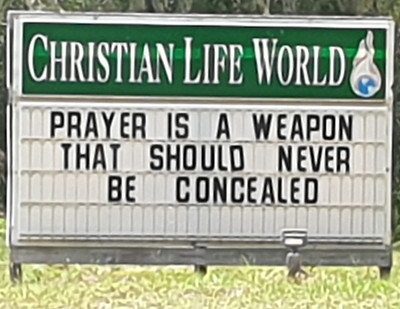My term on the Gainesville-Alachua County Bicycle/Pedestrian Advisory Board expires at the end of October.
The next scheduled meeting of the BPAB is in November.
The practice is that unless I've let them know I'm resigning, I'm considered a member until they name a replacement or I ask to be, and am, reappointed
Which means that if I just stop showing up without resigning, they could have a quorum problem.
So I sent my resignation note (effective October 31) in the other day.
I enjoyed the experience. As for how much good I accomplished, I can't say.
It's an "advisory board," which means that all we do is recommend things to the Gainesville City Commission and the Alachua County Commission.
What we usually recommend is heavily based on the staff recommendations of the Gainesville Urbanized Area Metropolitan Transportation Planning Organization, which is a body responsible for turning federal funding into actual things -- roads, road improvements, sidewalk, bike trails, etc.
I am pleased to report that the board doesn't always just look at the staff recommendation and rubber-stamp it. We're more likely to amend the staff recommendation than just pass it outright. "That item calls for a stoplight. A traffic circle makes more sense." Or "this pedestrian crosswalk proposal covers every intersection except one in that area, that one should be included too." That kind of thing. But the board does actually look at the staff recommendations, question them, and sometimes decide they're deficient.
There was a fairly recent debate on which my decision could plausibly be described as "from the left."
The debate involved the staff recommendation on an item for the 2050 (yes, you read that right) transportation plan, which basically came down to "widen Archer Road out in the county west of Gainesville."
The rationale: Suburban sprawl is continuing to move in that direction, lots of the people living in that sprawl commute to and from Gainesville on a daily basis, and it's going to take fatter pipes to accommodate all ever-increasing that auto traffic.
My position was that we (the board making the recommendation) shouldn't just take increased auto traffic as some kind of automatic never-ending phenomenon. While I didn't get into every point below, I did get through some of them, and at one point I was told by another board member that we need to be "realistic" about future traffic needs. He didn't say I was being utopian, but it was strongly implied.
My points (I can't remember which ones I got to in the debate):
- We keep hearing about low fertility rates and eventual population decline. It's not obvious that, 27 years from now, there will be as many people needing to get from Point A to Point B as there now. And it's not just population decline ...
- Home delivery of goods -- Amazon, Instacarts, etc. -- has exploded over the last decade. Which means that instead of eight cars/pickups/SUVs going to the grocery store and back or whatever, there are often two vans delivering to all eight households.
- Self-driving cars aren't quite "here" yet in a big way, but they're coming. It's very possible that future developments, especially of the "senior friendly" variety, will offer, as part of their package, sharing of X number of self-driving cars per Y households, but at least notionally conditioned on carpooling to the major area employer (University of Florida) so that you have four people in one car instead of four people in four cars.
- Fewer people are driving for "entertainment." It's streamed directly to their households now.
- While the "15-minute city" idea is controversial, over the last decade and more I've seen developers building small equivalents -- developments with mixed house/apartment/condo options and a "main street" with a small grocery store, perhaps a doctor/dentist/pharmacy office or two, a couple of restaurants/pubs.There's one fairly near my home that's neither in my price range nor really my cup of tea (I'd prefer to live WAY out in the country, far enough from neighbors to never see them unless it was intentional), like that. But if I was retired and did live in a place like that, I might well go "to town" once a month or so instead of several times a week.
- Part of the plan involved a dedicated lane for the local government transit service's buses. While I'm against government-provided mass transit, if it's going to be there, why encourage people to not use it by making the road fat enough that they can drive the Hummer or Escalade into town instead without undue delays?
- Developers expecting the gummint to just build more and fatter roads to make their developments more attractive to commuters is an externality. Instead of federal funding, why aren't the developers being hit up to cover the costs of wide roads built expressly for their customers' convenience?
One of the main arguments against my position, other than the "you're not being realistic" bit, is kind of particular to coastal areas: When there's a hurricane coming, the roads get full of cars trying to GTFO (residents fleeing) or GTFI (utility workers, emergency services, etc.). And Archer Road is a sort of main artery connecting much of the rural Gulf Coast to Interstate Highway 75. That does make sense.
I guess I may have come off as a little bit hippy dippy doo there, but I think I'm right -- even if not on anything else, on contesting the assumption that everything 27 years from now will look just like it looks now, only bigger and busier.






